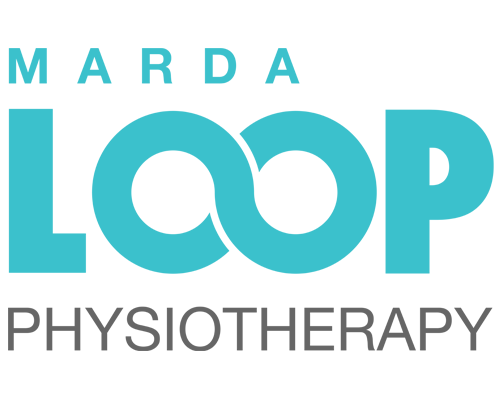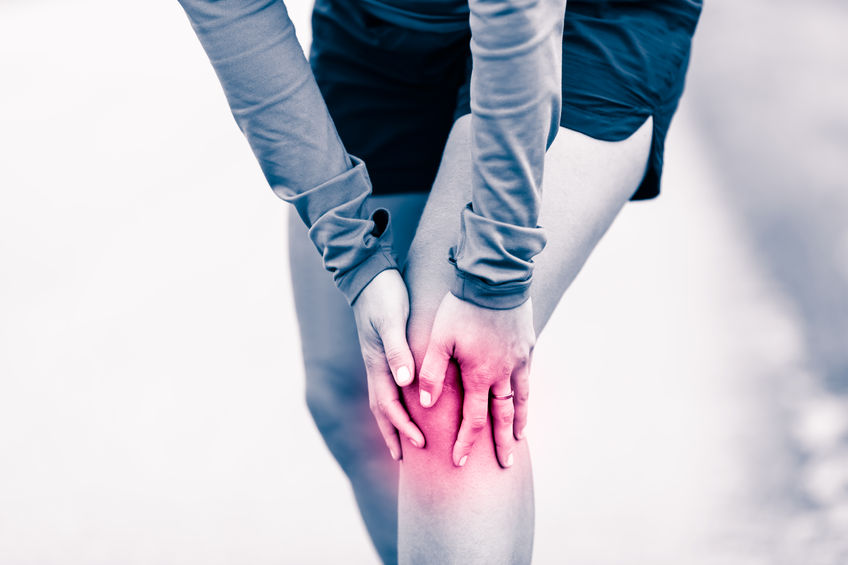Osteoarthritis is a degenerative process that results in the breakdown of joint cartilage and changes to the bony surfaces of the joint. There are several factors that increase the risk of osteoarthritis such as genetic factors, advancing age, obesity, previous trauma to the joint, excessive use or strain on the joint.
This article will specifically address knee osteoarthritis and appropriate exercise. In a normal knee, muscles absorb most of the forces going through the joint. Articular cartilage redistributes the remaining force to the bone. Abnormal force distribution on cartilage as a result of injury, joint misalignment, or muscle dysfunction eventually leads to changes in the cartilage.
Exercise prescription for knee osteoarthritis is very specific to each individual. The stage of arthritic change, levels of pain, individual muscle imbalances, and client specific goals are all factors in creating an exercise program. There are however, some common patterns of muscle imbalances that are observed in people who developed osteoarthritis of the knee. Flexibility and strengthening exercises are equally important in improving joint biomechanics.
Flexibility exercises should be carried out daily. Common muscles requiring stretching are the hamstring muscles in the back of your thigh and the hip rotator muscles in your buttock. Hamstring stretches are carried out in a sitting position with your foot resting on a stool in front of you. You begin with your knee as straight as comfortable with your back straight. You should feel a stretch in the back of your thigh. If you do not yet feel a stretch in this position, you bend forward slightly at the waist. Stretch your hip rotators (described as a stretch for your right leg) by lying down with the left knee bent up and your foot flat on the bed or floor. Place your right ankle on the left knee. Gently push down on the right knee to feel a stretch in your buttock. To decrease the stretch, straighten the left leg slightly. To increase the stretch, bring the left knee closer to your chest by threading your hands behind your left thigh and lifting this leg up. All stretches should be held for 20 to 30 seconds and repeated on both sides.
Strengthening exercises should be done every second day for a total of 3 to 4 times per week. All motions should be done slowly and with control during the contracting and relaxing phases of the exercise. Common muscles requiring strengthening are the quadriceps muscles on the front of your thigh and the gluteus muscles of your buttocks and outsides of your hips. To strengthen the quadriceps, stand behind a chair for balance. Have your feet hip width apart. Do a small squat bringing your buttocks back as if you were trying to sit in a chair. Work within a small pain free range of motion and make sure that your knees are not going past your toes as you bend. To strengthen the gluteus muscles of the buttocks, lie on your back with both knees bent and feet flat on the bed or floor. Lift your buttocks off the floor as high as you can go comfortably. To strengthen the gluteus muscles on the outside of your hips, stand holding onto the back of a chair for support. Keep your back straight and lift your leg out to the side, leading with the outside of your ankle. Try to do 10 repetitions of each exercise with both legs. As you become stronger, increase to doing 2 to 3 sets of 10 repetitions.
The above exercises are just one example of a program for knee osteoarthritis. All of the exercises can be adjusted or changed to meet your individual needs and goals. You should always consult with your doctor before beginning an exercise program and I invite you to consult with a physiotherapist to assist you in designing an exercise program that will be specific to you.


Recent Comments